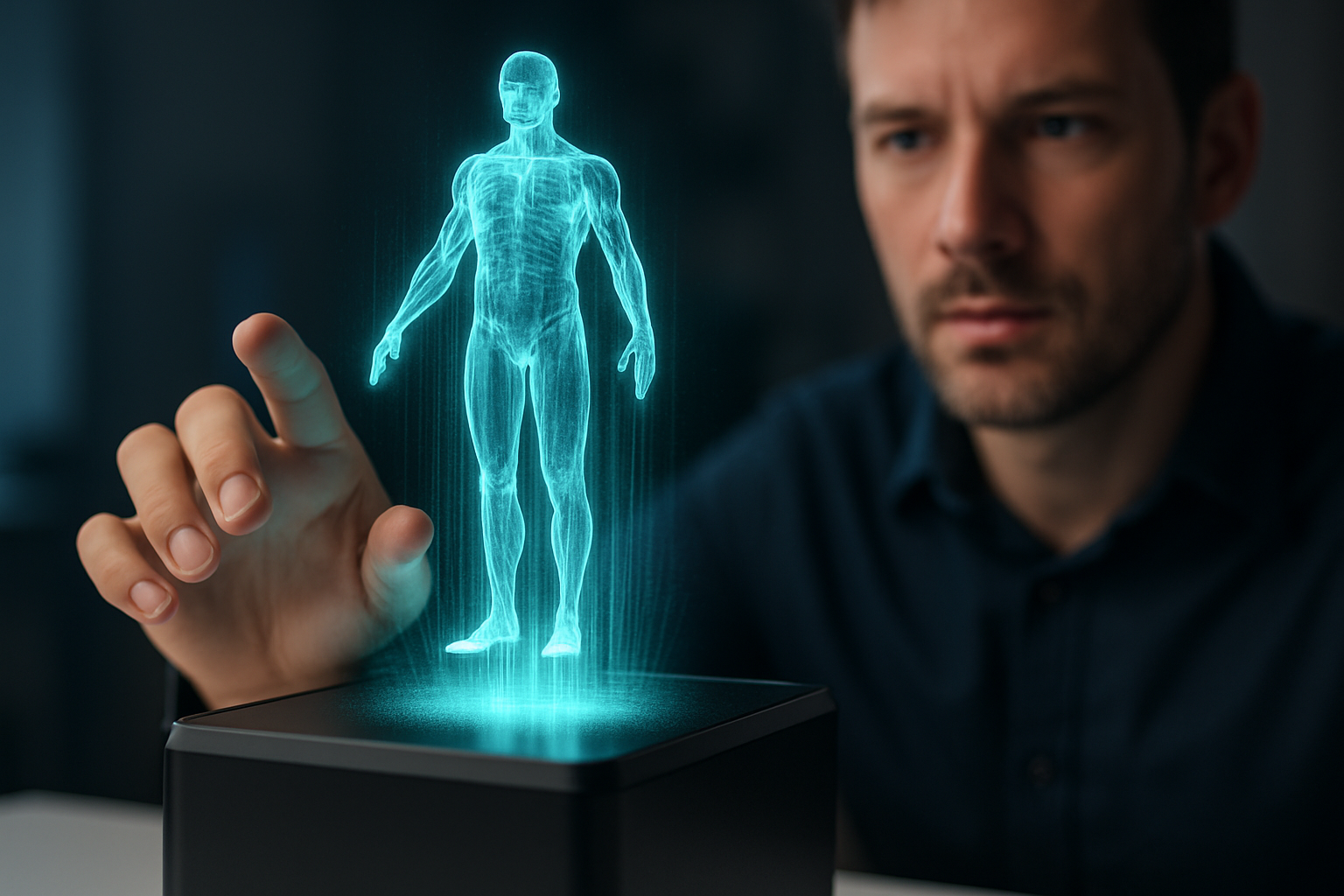Holographic Touch: The Next Frontier in User Interfaces
In a world where touchscreens have become ubiquitous, a new technology is poised to revolutionize how we interact with our devices. Holographic touch interfaces are emerging as a groundbreaking solution that could redefine our relationship with digital interfaces. This cutting-edge technology promises to blend the physical and digital worlds in ways we've only dreamed of, offering a tactile experience without the need for physical contact.

How Holographic Touch Works
At its core, holographic touch combines three key elements: holographic projection, gesture recognition, and haptic feedback. Advanced projectors create three-dimensional images in mid-air, while depth-sensing cameras track user movements with pinpoint accuracy. The magic happens when these systems work in tandem with haptic technology that uses focused ultrasound to create tactile sensations on the user’s skin.
The Technological Hurdles
Despite its promise, holographic touch faces significant challenges. One of the primary obstacles is achieving sufficient resolution and brightness in holographic displays to make them viable for everyday use. Current prototypes often struggle with image quality, especially in well-lit environments. Additionally, the precise coordination required between visual and haptic feedback poses a complex engineering challenge.
Potential Applications and Market Impact
The potential applications for holographic touch are vast and varied. In healthcare, surgeons could manipulate 3D scans of patients without touching physical surfaces, reducing the risk of contamination. For retail, customers might try on virtual clothing or test products in a holographic showroom. The gaming and entertainment industries are also poised for transformation, with fully immersive, touchable holograms offering unprecedented levels of interaction.
Market analysts predict that the holographic display market, including touch interfaces, could reach $11.65 billion by 2027. However, the price point for early consumer products is expected to be high, potentially limiting initial adoption to high-end devices and specialized professional applications.
The Road Ahead: Challenges and Opportunities
As with any emerging technology, holographic touch faces its share of hurdles. Power consumption remains a significant concern, as generating convincing holograms and haptic feedback requires substantial energy. There are also questions about the long-term effects of prolonged exposure to ultrasonic waves used for haptic feedback, necessitating further research and safety standards.
Despite these challenges, the potential benefits of holographic touch are driving rapid innovation in the field. Research teams worldwide are working on improving holographic resolution, enhancing haptic fidelity, and reducing the overall system size and power requirements. Some experts predict that we could see the first consumer-grade holographic touch devices within the next five to seven years.
The Implications for User Interface Design
The advent of holographic touch will necessitate a complete rethinking of user interface design. Traditional 2D design principles will need to evolve to accommodate three-dimensional, floating interfaces. This shift will create new opportunities for intuitive, gesture-based interactions that feel more natural and immersive than current touchscreen interfaces.
Privacy and Security Considerations
As with any technology that tracks user movements, holographic touch raises important privacy concerns. The detailed gesture data collected by these systems could potentially be used to identify individuals or infer sensitive information. Developers and policymakers will need to work together to establish robust privacy protections and security measures to safeguard user data.
A Touchable Future
Holographic touch technology stands at the threshold of transforming our digital interactions. While significant challenges remain, the potential to create more intuitive, immersive, and hygienic interfaces is driving rapid progress in the field. As this technology matures, we may find ourselves reaching out to touch the digital world in ways we never thought possible, blurring the lines between the virtual and the physical in our everyday lives.





